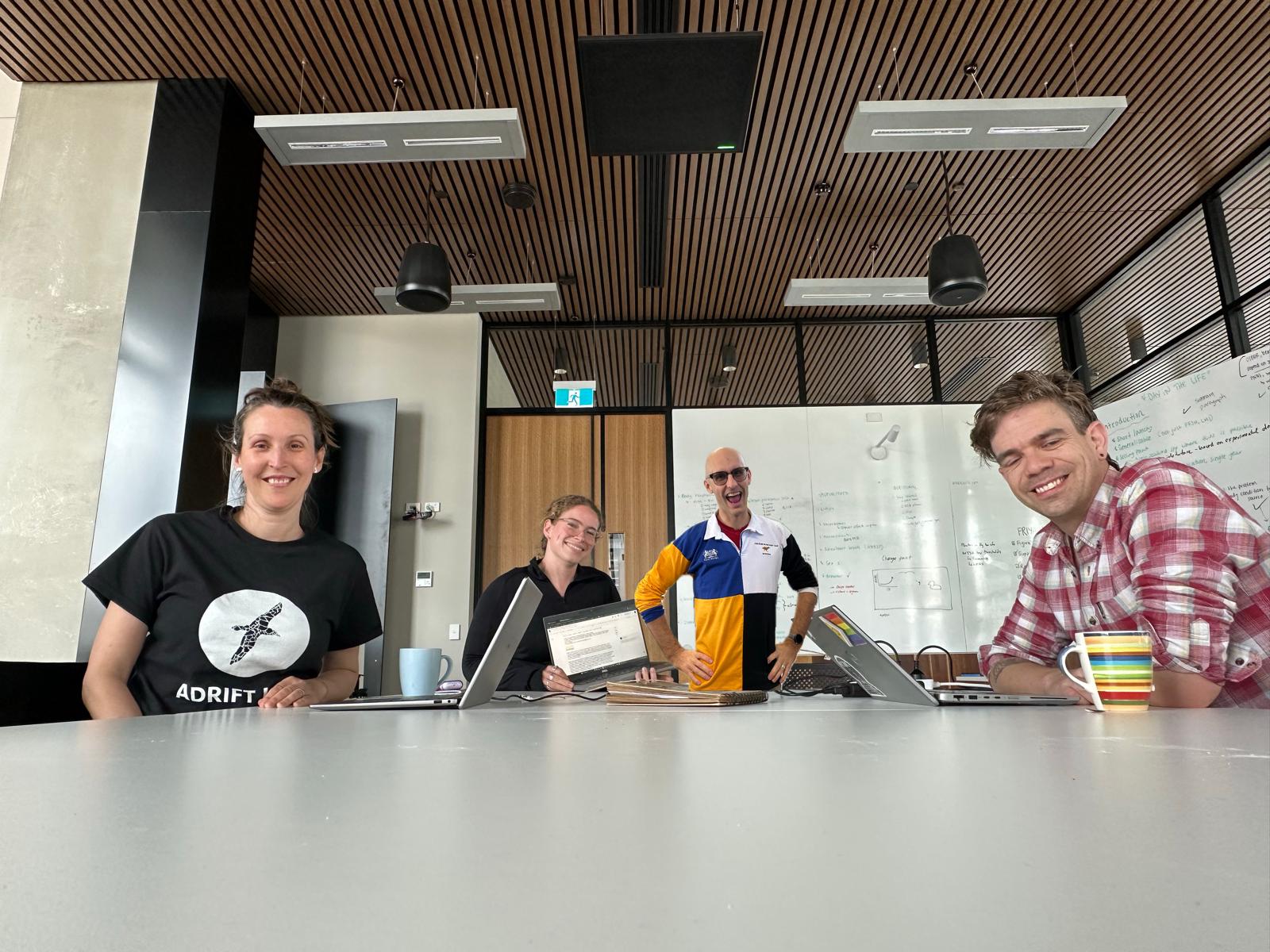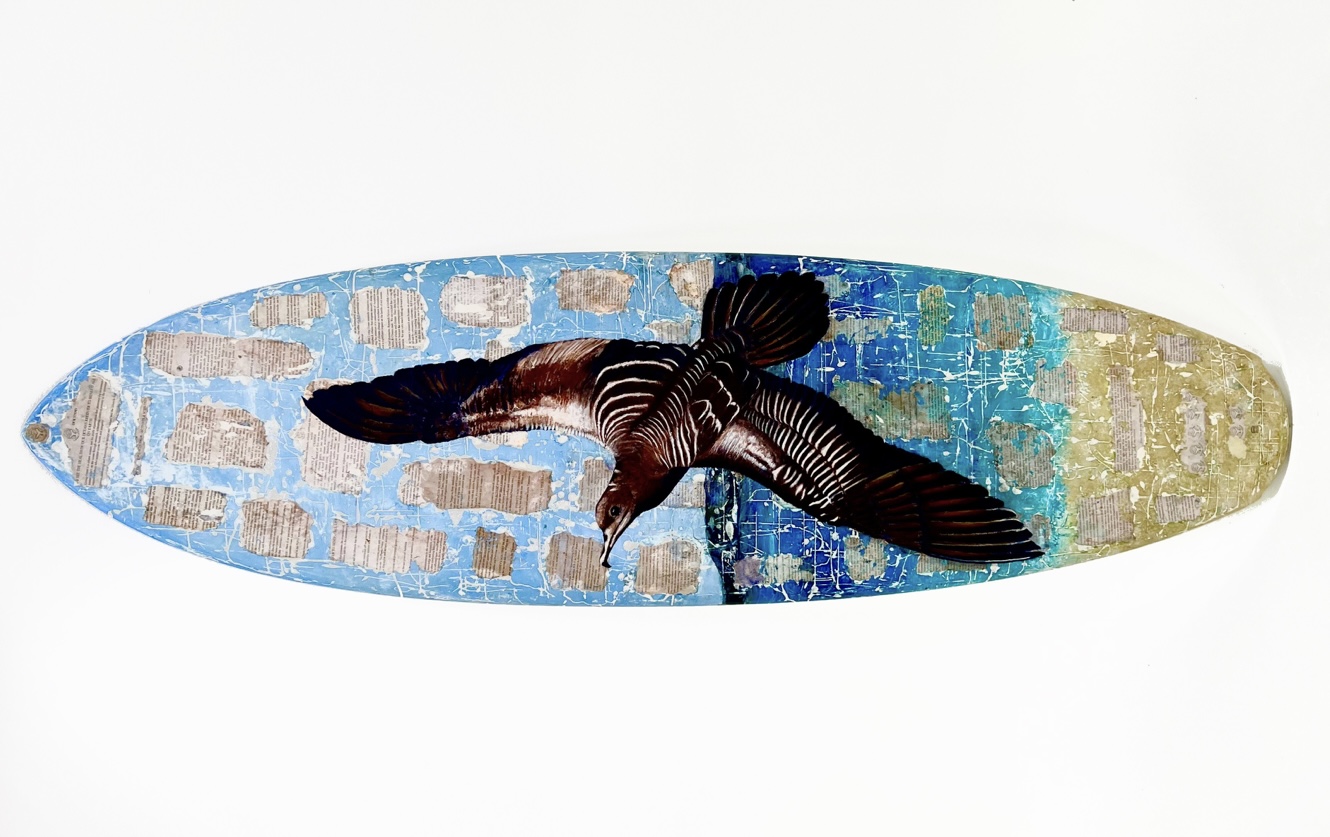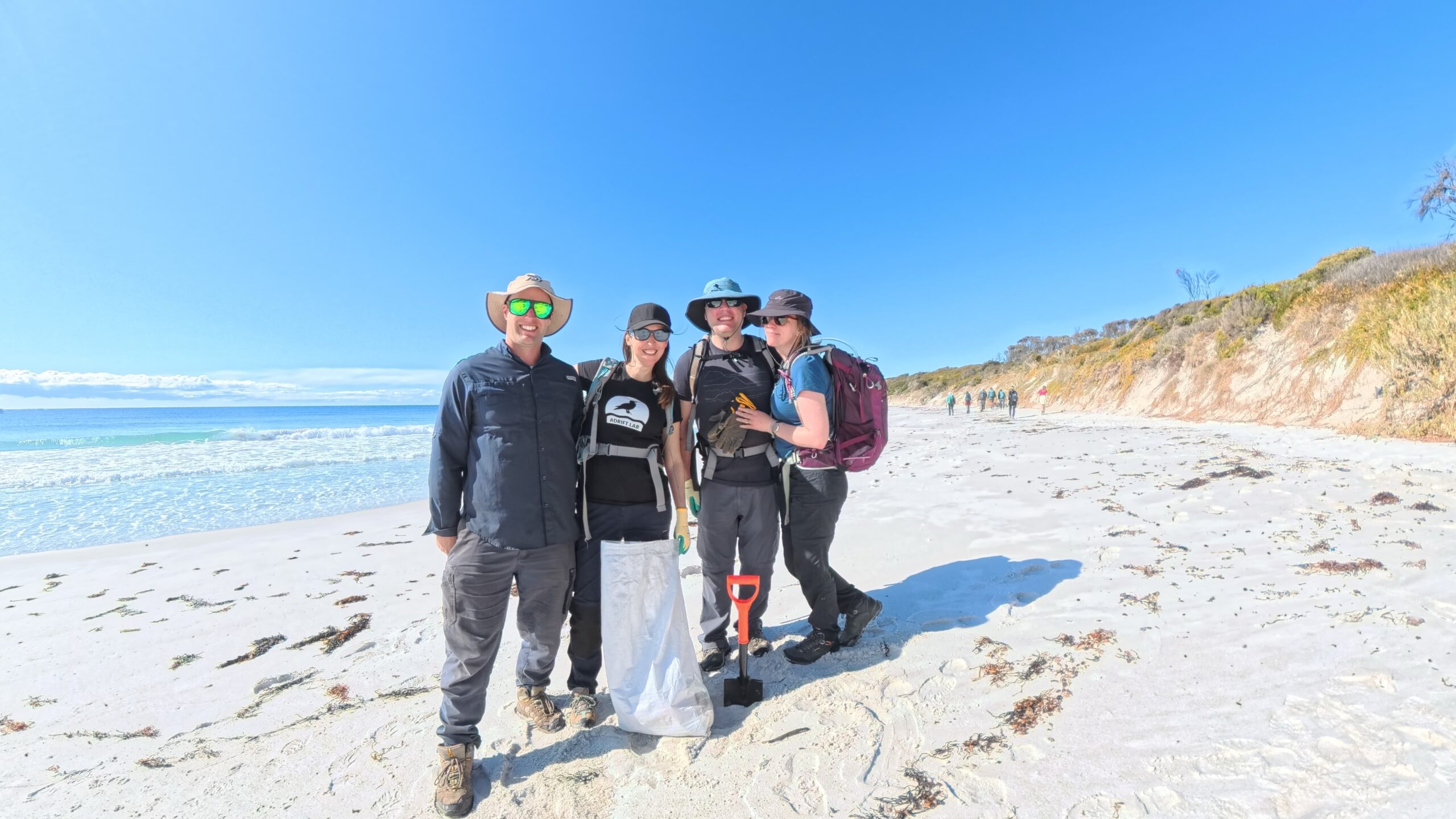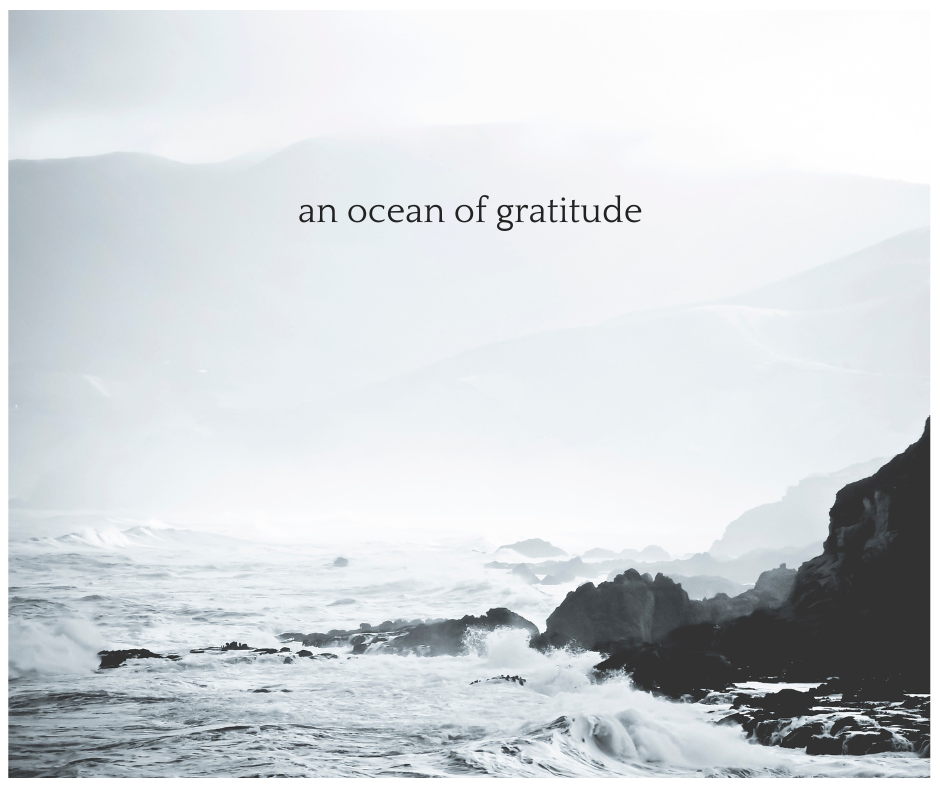Three Adrift students delivered their final seminars this week!
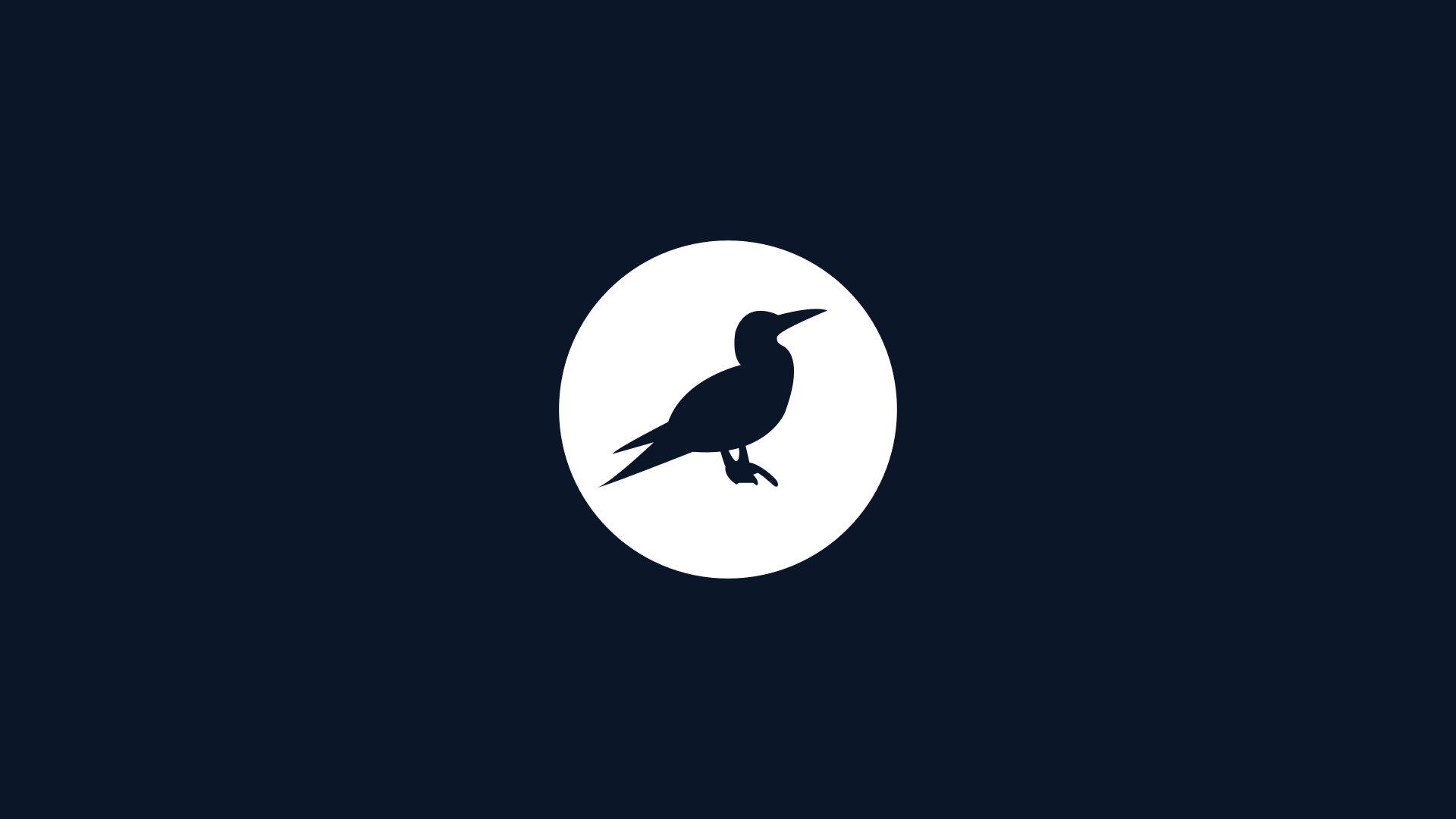
THREE Adrift Lab students delivered their final seminars this week!
Gabbi did a spectacular job explaining why it’s essential that the plastics community adopt a more rigorous and repeatable way of reporting colour. It’s far more complex than it would seem at first glance, and due to current ad-hoc reporting, most of the data generated to date are not comparable across space/time. It is our hope that the image-processing method she developed using a free, easy-to-use online software called Cell Profiler will provide folks with an affordable and efficient alternative.
Finn investigated the 35-year history of bushfires in the Recherche Archipelago using satellite-based imagery. One of the aims of this research is to determine if ad-hoc/anecdotal recording of fire on some islands is missing important fire events simply due to their remote location and the fact that few people visit these areas.
After months of hard work, Meg successfully developed a method to digest organic material from benthic sediments so that they can be analysed to look for microplastics. This was a huge effort, and we were excited to finally see the abundance and polymer type data from the FT-IR analysis. This method will undoubtedly make life easier for countless other scientists working on plastics in sediments!
#TeamWork #ThesisSubmitted #GoodScienceGoodPeople #PlasticPollution #PlasticIdentification #MethodDevelopment #FTIR #AdriftLab #ImageAnalysis #microplastics #ports #bushfire #EsperanceTjaltjraak #islands #RechercheArchipelago #collaboration

